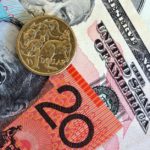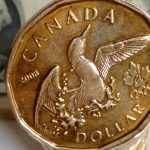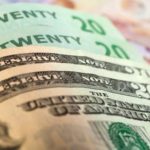The British pound declined for a fourth day against the US dollar, after data showed UK house prices unexpectedly dropped in March by the most in almost two years.
GBP/USD touched a session low at 1.6556 at 12:25 GMT, after which consolidation followed at 1.6569, losing 0.17% for the day. Support was likely to be received at March 26th low, 1.6510, while resistance was to be met at April 3rd high, 1.6601.
The UK currency was poised for its fourth 5-day period drop in five weeks against the dollar, after touching the highest level since November 2009 last month, spurring speculation an eventual inters rates hike is already priced in.
Bank of England Governor said in a Northern Echo newspaper interview that he, personally, cannot rule out an increase in interest rates before next general election, which is scheduled for next spring.
“The pound has been toppish for a while and it is likely to retreat from current levels,” said Geoffrey Yu, a senior currency strategist at UBS AG in London, cited by Bloomberg. “We expect the Bank of England to start raising interest rates in February. Unless there are strong upside surprises in economic data that will bring forward market expectations for rate increases, I see limited scope for sterling to outperform.” BoE Monetary Policy Committee will hold its next policy meeting on April 10th.
UK house prices declined 1.1% in March from a month ago, defying analysts projections of a 0.7% gain and following a 2.4% increase in the previous month, data by Halifax showed today. Last months drop was the biggest since April 2012.
The sterling has appreciated 10 percent in the past 12 months, the best performer of 10 developed-nation currencies tracked by Bloomberg Correlation-Weighted Indexes, while the dollar has climbed mere 0.4 percent.
Meanwhile, dollar’s demand was heightened amid expectations a government report scheduled to be released later today may show private payrolls rose by 200 000 in March, the most in four months, according to the median experts’ forecast. Data may also show that the jobless rate stood at 6.6% last month, matching January’s reading and the weakest since October 2008. If confirmed, these data points will add to signs the US labor market is strengthening, which will back the case for further stimulus reductions.
“This time, bad weather won’t have affected the data, so expectations for a strong payrolls number are high,” said Masakazu Sato, a Tokyo-based foreign-exchange adviser at Gaitame Online Co., cited by Bloomberg. “That’s adding to the underlying strength in the dollar.”
However, data by the US Commerce Department showed yesterday that the US trade deficit widened by 7.7% to $42.3 billion, the largest since September from $39.3 billion in the previous month. Analysts had predicted that the trade deficit will narrow to $38.5 billion. The increasing gap was led by declines in exports of fuels and capital goods, while imports remained steady.
At the same time, the initial jobless claims rose by 16 000 to reach a five-week high of 326 000 in the week ended March 29, data by the US Labor Department showed. Analysts had expected the number of Americans filing for jobless benefits will increase to 317 000, after a revised 310 000 applications in the previous week, the weakest since September 7.





